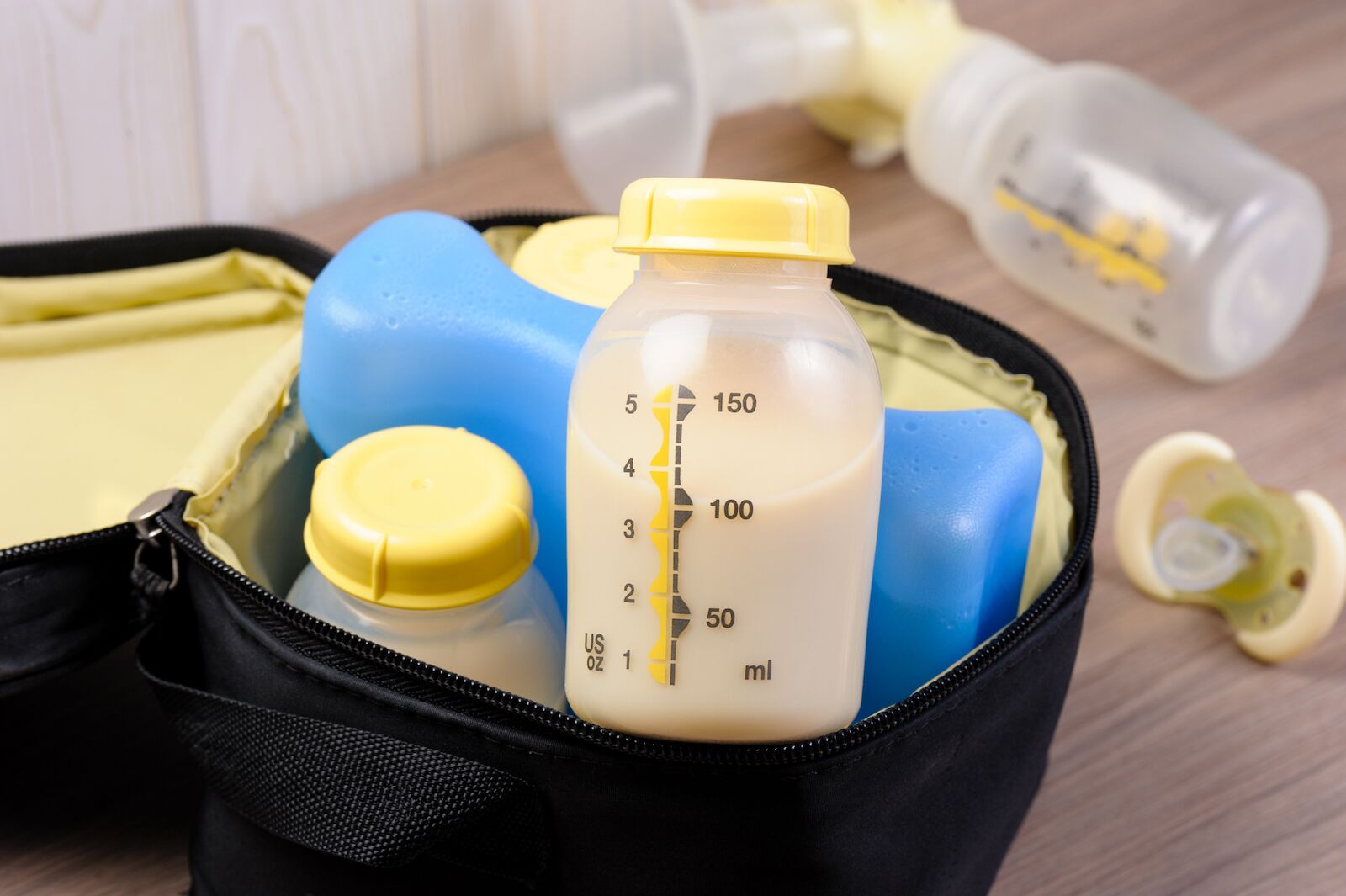Long gone are the days when the TSA used backscatter x-ray scanners that left very little to the imagination. Today, they’ve been replaced by another type of full-body scanner that’s pretty hard — but not impossible — to avoid if you fly in the United States.
This story is part of the Matador guide to airports
- What is the X-ray machine at the airport called?
- Is the airport body scanner an xray?
- What do airport body scanners see?
- Can airport body scanners detect health issues?
- Is it safe for pregnant people to go through an airport x-ray machine?
- Can breast milk go through an airport scanner?
- Can Dexcom go through airport security?
- Can I go through an airport body scanner if I have a pacemaker?
- Can I go through an airport body scanner if I have surgical metal implants?
- Can I go through an airport body scanner if I have breast implants?
- Can I go through an airport body scanner if I have a colostomy bag?
- How do you avoid body scanner at the airport?
What is the X-ray machine at the airport called?
There are three types of security screening equipments in airports in the US:


